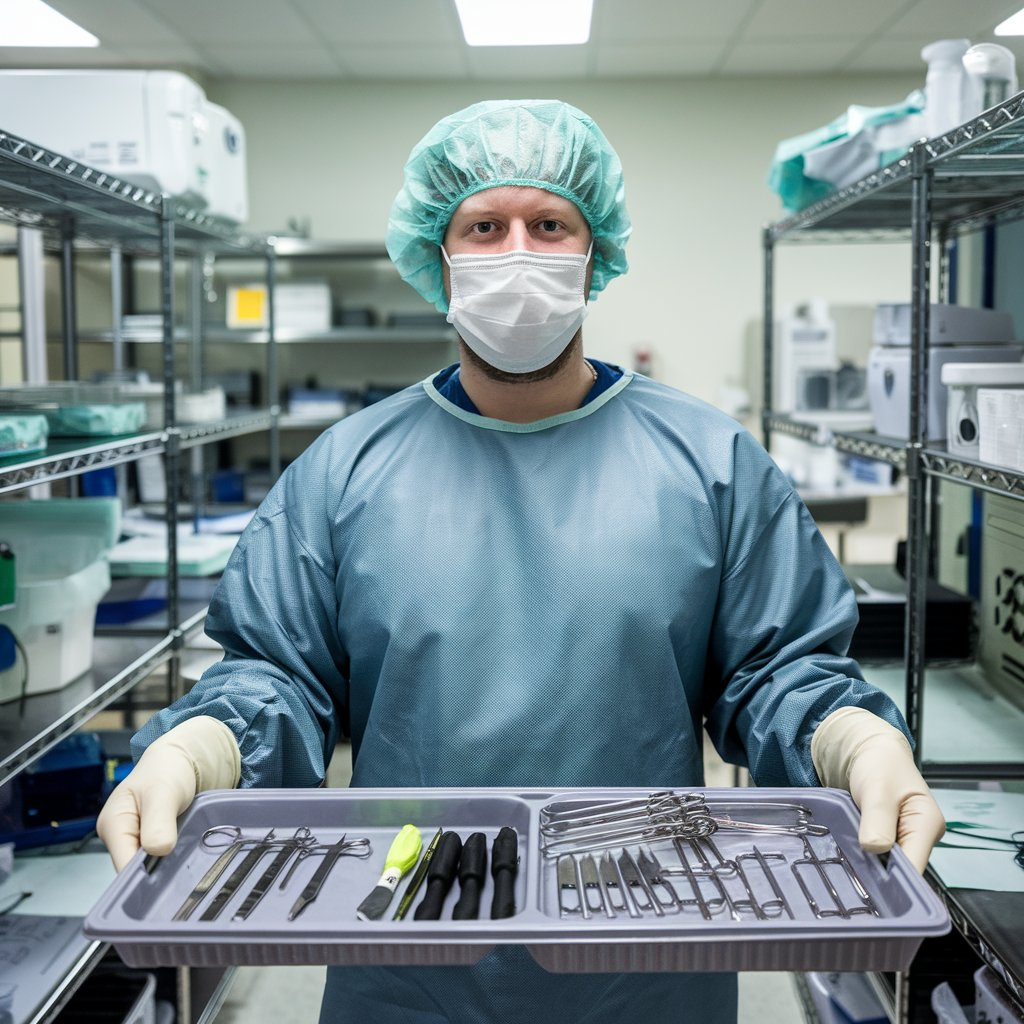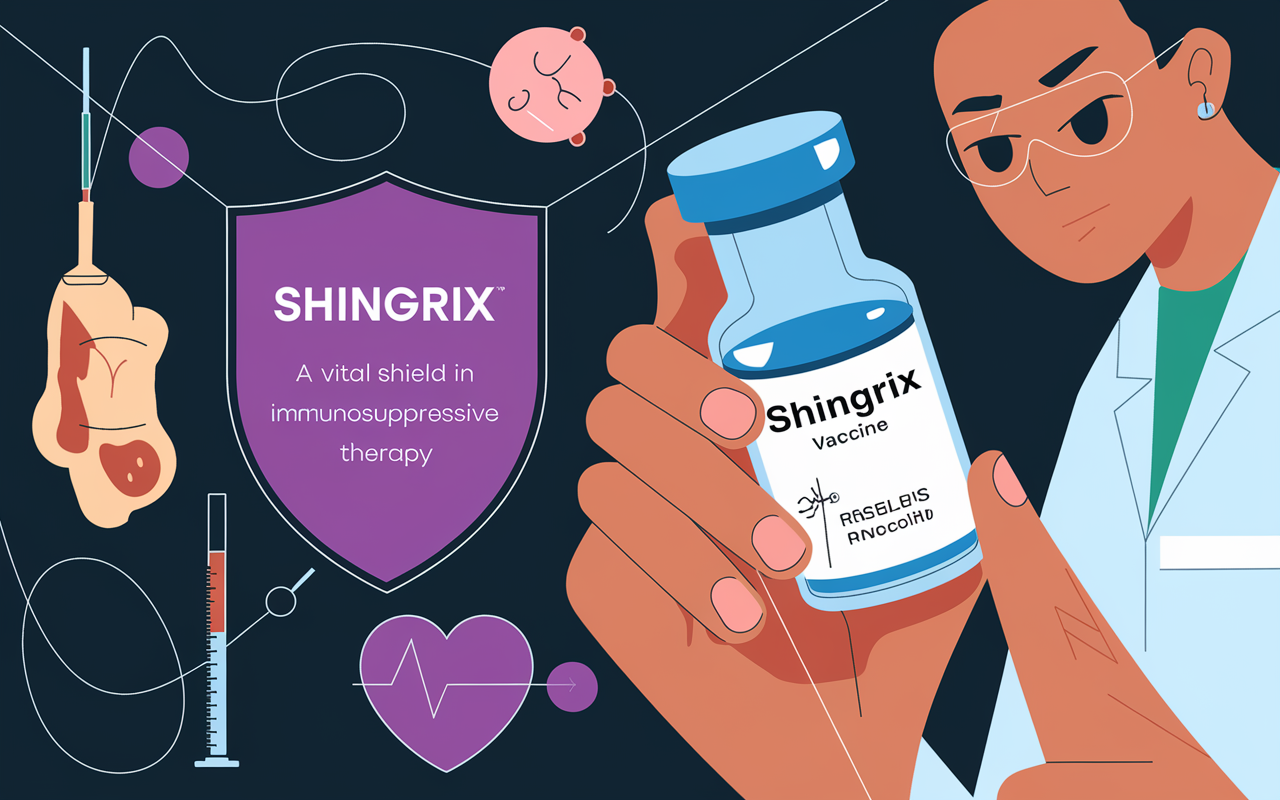Sterile processing technicians play a crucial role in healthcare settings, ensuring that surgical instruments and medical equipment are properly cleaned, sterilized, and stored. Their work prevents infections and maintains the overall safety of patient care. To become a sterile processing technician, obtaining the proper certification is vital, as it demonstrates knowledge, expertise, and commitment to best practices in the field. This guide will walk you through the certification process, its importance, and the steps required to embark on this rewarding career path.
What Is a Sterile Processing Technician?
A sterile processing technician (a central service technician) is a healthcare professional responsible for decontaminating, sterilizing, and assembling surgical instruments and medical equipment used in hospitals and clinics. They are essential in the fight against infections and ensure that tools and equipment meet the highest hygiene standards.
These technicians work behind the scenes, yet their role is crucial to the success of surgeries and other medical procedures. Their attention to detail and adherence to strict guidelines are the foundation of a safe and sterile environment.
Why Certification Is Important
In the healthcare industry, certification is not just an option; it is often a requirement for employment. A sterile processing technician certification validates your knowledge and skills, ensuring you meet industry standards. Certification demonstrates your competence to employers and gives you the confidence to perform your duties effectively.
Critical Benefits of Certification:
- Increased job opportunities – Many healthcare facilities require certification for employment.
- Higher earning potential – Certified technicians often earn more than their uncertified counterparts.
- Career advancement – Certification paves the way for further specializations and leadership roles within the healthcare industry.
- Job security – As the demand for sterile processing technicians grows, certification ensures you stay competitive in the job market.
Types of Sterile Processing Technician Certifications
Several certification options exist for sterile processing technicians, with different organizations offering accredited programs. The most common and widely recognized certifications include:
1. Certified Registered Central Service Technician (CRCST)
Offered by the International Association of Healthcare Central Service Materiel Management (IAHCSMM), the CRCST is the most sought-after certification in the sterile processing field. To obtain this certification, you must complete a training program and pass an exam that covers various aspects of sterile processing, including decontamination, sterilization, and inventory management.
2. Certified Sterile Processing and Distribution Technician (CSPDT)
The Certification Board for Sterile Processing and Distribution (CBSPD) offers the CSPDT certification. Like the CRCST, this certification involves training and passing an exam. The CSPDT focuses on infection control, sterilization techniques, and quality control in sterile processing.
3. Certified Instrument Specialist (CIS)
Also offered by the IAHCSMM, the CIS certification is an advanced credential emphasizing the intricate knowledge of surgical instruments. This certification is ideal for technicians specializing in surgical instrument sterilization and handling.
4. Certified Healthcare Leadership (CHL)
For those interested in leadership positions within the sterile processing department, the CHL certification (offered by the IAHCSMM) focuses on management, communication, and quality assurance in sterile processing settings.
Requirements for Sterile Processing Technician Certification
The requirements for becoming a certified sterile processing technician vary depending on the certification body and the specific certification you’re pursuing. However, there are some general steps and prerequisites that are commonly required across certification programs:
1. Education
Most certification programs require a high school diploma or GED. While formal education beyond high school is not always necessary, completing a sterile processing training program can give you a competitive edge.
2. Training Programs
Enrolling in a sterile processing technician training program is highly recommended. These programs are available at community colleges, vocational schools, and online platforms. Training typically covers topics like:
3. Hands-On Experience
Most certification exams require hands-on experience in a sterile processing environment. The IAHCSMM, for instance, requires 400 hours of hands-on experience for the CRCST certification. This experience can be obtained through internships, apprenticeships, or entry-level employment in a healthcare facility.
4. Exam
You can take the certification exam once you complete your training and hands-on experience. The exam typically covers various topics, including decontamination, sterilization, inventory management, and infection control.
5. Continuing Education
After becoming certified, sterile processing technicians must complete continuing education to maintain their certification. This ensures that technicians stay up-to-date with the latest developments and technologies.
Steps to Becoming a Certified Sterile Processing Technician
The journey to becoming a certified sterile processing technician involves several key steps. Here is a step-by-step breakdown:
1. Research Certification Options
Before starting your career, research the different certification options available. Depending on your career goals, you should pursue basic certification first, like the CRCST or CSPDT, and then consider advanced certifications, like the CIS or CHL.
2. Enroll in a Training Program
Once you’ve decided on the certification you wish to pursue, enroll in an accredited training program. These programs provide the foundational knowledge and practical skills needed to pass the certification exam.
3. Gain Hands-On Experience
During or after your training, seek opportunities to gain hands-on experience in a healthcare facility. Many training programs partner with local hospitals and clinics to provide internships and practical learning opportunities.
4. Prepare for the Certification Exam
As you gain experience, study for the certification exam. Many certification bodies offer study guides, practice tests, and other resources to help you prepare.
5. Take the Certification Exam
When you feel prepared, register for the certification exam. The exam typically consists of multiple-choice questions and requires a thorough understanding of sterilization processes, infection control, and medical equipment handling.
Career Opportunities for Certified Sterile Processing Technicians
Once certified, career opportunities become available in various healthcare settings, including hospitals, outpatient surgery centers, and dental clinics. Some potential job titles include:
- Sterile Processing Technician: The core role involves sterilizing and managing surgical instruments and medical equipment.
- Lead Sterile Processing Technician: A more senior role where you may oversee other technicians and ensure compliance with sterilization protocols.
- Surgical Instrument Technician: Specializing in preparing, sterilizing, and managing surgical instruments.
- Sterile Processing Manager: This position is for those with leadership certifications who manage a department and oversee all aspects of sterile processing.
The healthcare industry is experiencing consistent growth, and with the aging population, the demand for certified sterile processing technicians is expected to rise.
Salary and Job Outlook for Sterile Processing Technicians
The salary for certified sterile processing technicians varies depending on location, experience, and certification level. Overall, an ensured sterile handling professional can hope to procure somewhere in the range of $35,000 to $50,000 yearly, with the potential for higher profit in particular administrative jobs.
According to the U.S. Bureau of Labor Statistics, the job outlook for sterile processing technicians is positive, with a growth rate of around 7% expected over the next decade. This growth is driven by the increasing demand for medical procedures and surgeries, which raises the need for skilled technicians who can ensure the safety and cleanliness of medical instruments.
Conclusion
Becoming a certified sterile processing technician is a rewarding career path that offers job stability, opportunities for advancement, and a critical role in patient safety. Certification not only increases your employability but also opens the door to higher earning potential and leadership positions.
To succeed in this field, it’s essential to research certification options, complete the necessary training and hands-on experience, and pass the certification exam. With the growing demand for healthcare services, certified sterile processing technicians will continue to play an integral role in ensuring the safety and success of medical procedures.



